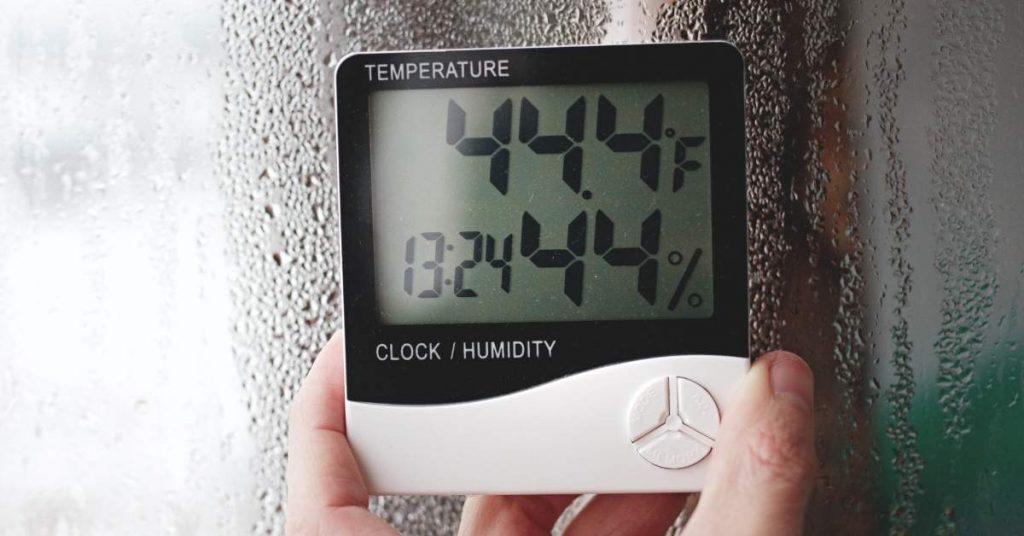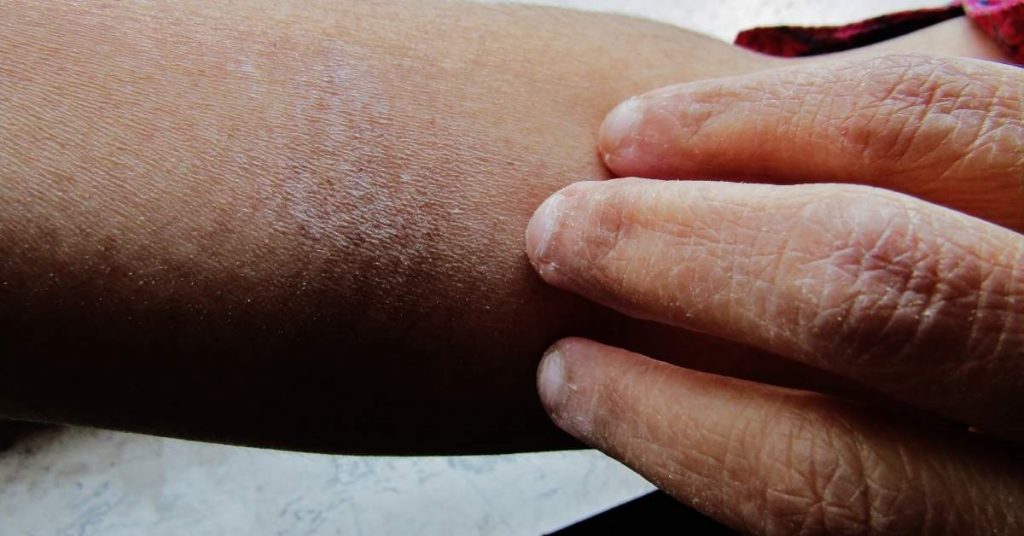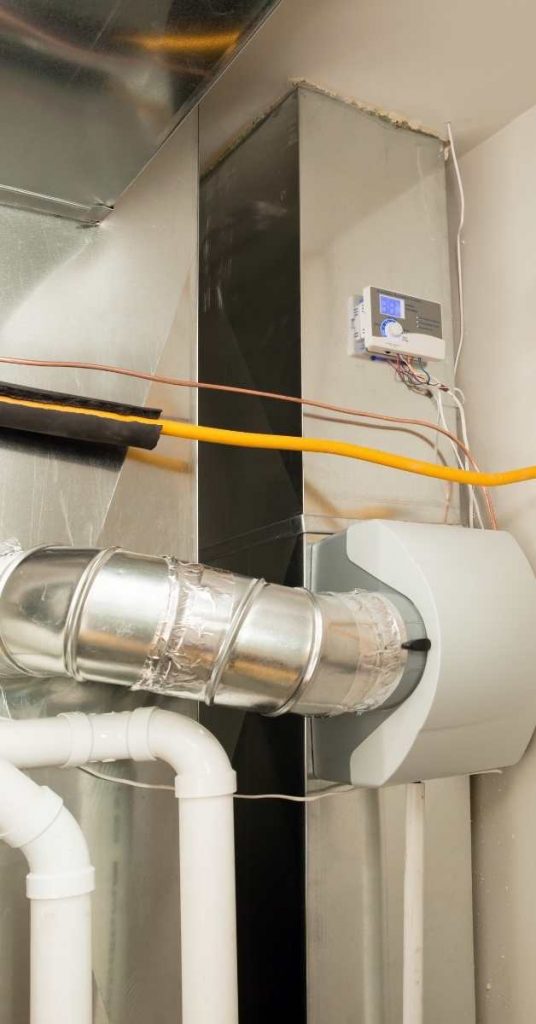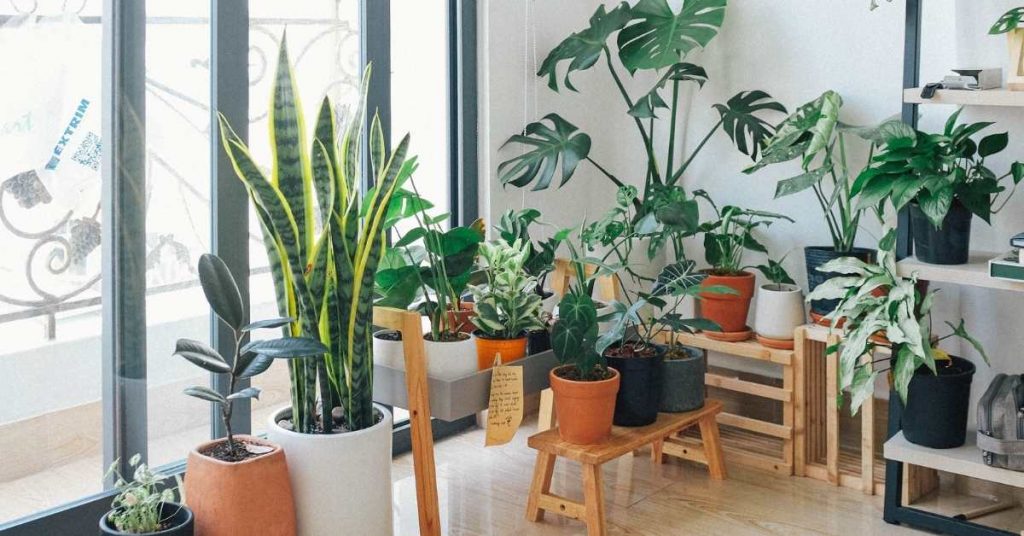
Low humidity levels can have various signs, effects, and solutions that impact both your comfort and well-being. In summary:
Signs of Low Humidity
- Dry Skin and Lips: One of the most noticeable signs is dry, flaky skin and chapped lips.
- Static Electricity: Low humidity can lead to static shocks when you touch objects or people.
- Irritated Respiratory System: Dry air can irritate the throat and respiratory passages, leading to coughing and dry throat.
- Dry Eyes: Insufficient moisture in the air can cause dry and itchy eyes.
- Increased Allergy Symptoms: Low humidity can exacerbate allergies and asthma symptoms by drying out mucus membranes.
- Warped Wood and Cracked Paint: In your home, low humidity can lead to warped wooden furniture, cracked paint, and damaged musical instruments.
- Increased Dust: Dust particles become more prevalent in dry air, leading to more frequent cleaning.
Effects of Low Humidity
- Discomfort: Low humidity can cause discomfort due to dryness in the skin, eyes, and respiratory system.
- Reduced Immune Function: Prolonged exposure to low humidity may weaken the body’s natural defense mechanisms against infections.
- Potential Health Issues: Chronic exposure to dry air can lead to more severe respiratory problems and worsen existing conditions.
- Structural Damage: In homes, low humidity can damage wooden floors, furniture, and even the structural integrity of the building.
- Increased Heating Bills: Dry air feels cooler, so you may be inclined to turn up the heat, leading to higher energy bills.
Solutions for Low Humidity
- Use Humidifiers: Humidifiers can add moisture to the air, increasing indoor humidity levels.
- Regular Ventilation: Open windows and doors periodically to allow fresh, moist air to enter your home.
- Houseplants: Certain indoor plants release moisture into the air through a process called transpiration.
- Seal Leaks: Inspect and seal any gaps or leaks in your home’s insulation to prevent outdoor air from drying out the indoor environment.
- Boil Water: Boiling water on the stove or using a kettle can introduce moisture into the air.
- Use a Hygrometer: Invest in a hygrometer to monitor humidity levels in your home.
- Avoid Overheating: Try not to overheat your home, as higher temperatures can lower humidity levels further.
- Install a Whole-House Humidifier: For a long-term solution, consider installing a whole-house humidifier, which can maintain consistent humidity levels throughout your home.
How to tell if your Humidity is Low

The best way to tell the level of humidity in your house is by having a humidistat. A humidistat looks and works like a thermostat only that it measures the relative humidity instead of temperature.
The good thing about a humidistat is that it has a digital read-out to give the exact humidity at that time and it will keep updating you as the humidity levels fluctuate throughout the day.
Apart from a humidistat, you can also opt to install a modern digital thermostat. These thermostats give the current temperature and relative humidity readings using one screen.
What if you don’t have such a thermostat or a humidistat and you just want to know if the humidity in the house is low?
Place 3 ice cubes in a glass then add water. Stir and wait for a few minutes. If condensation does not happen on the surface of the glass (outside surface). The air in your house is dry due to low humidity. For accurate results, don’t do this experiment in the kitchen where humidity is naturally high.
Why there is Low Humidity in Your House
Relative humidity changes with change in temperature. That is why I described it as the amount of water vapor in the air as a percentage of the total amount that the air can hold at a certain temperature.
Naturally, hot air holds more water that cold air. That is why when you subject air to cold temperature like the cold window glass, the moisture in the air condenses to form water.
Low humidity is usually a main concern during the months of winter than during any other season. That is because the air during winter will be so dry after most of the moisture has already been converted into snow.
However, humidity is usually lower inside the house than outside. The reason for that is your HVAC system.
In winter, the air conditioner will be off and the furnace will take over. When the furnace pulls the cold air from the house for heating, the process will cause the little moisture in the air to be removed and hence dry warm air will be supplied to your house.
Opening windows or doors is usually not an option since that would allow cold air to enter in the house reducing the efficiency of the furnace.
Signs and Effects of Low Humidity
The following are the signs of low humidity in the house, and the effects it has on our bodies and in our homes
1. Dry and Itchy Skin

When humidity is high, our bodies feel sticky because they cannot perspire as they should since the air is already saturated with moisture. The opposite of that happens when there is low humidity.
Our skins are responsible for regulating our bodies’ temperature through opening and closing of the pores. For that to happen there needs to be some moisture in the air.
Since low humidity means that the air has no enough moisture, the skin tends to dry out and become itchy as they dry air sucks water from the skin, a condition commonly referred to as “Winter Itch”.
2. Dry/Irritated Eyes
Naturally, our eyes are and should stay moist. However, if the air around us is dry as a result of low humidity, the tears in the eyes will evaporate leaving the eyes dry.
Dry eyes affect the quality of the mucous membrane, which protects the cornea from microbial organisms. When the humidity is too low, the eyes becomes irritated and you tend to blink more which affects your comfort and even productivity.
3. Respiratory Infections
While mold thrives in high humidity, there are many viruses which thrive in low humidity. Dry air also causes many particles in the house to move about freely (after losing their moisture) increasing the likelihood of getting in your respiratory system and make you sick.
If you suffer from allergies or you are asthmatic, the conditions are more likely to worsen if the relative humidity in the house is low. Pollen, dander, hair, viruses and other particles in the air are more likely to get to you when humidity is low than when it is high.
Low levels of humidity also cause irritation of the sinus membrane. An irritated sinus membrane is likely to cause nasal congestion.
4. Feeling Dehydrated
Related to dry skin is dehydration. The dry air in the house pulls the moisture from your body altering the body-water balance. This leaves you dehydrated and with the urge to drink something (not necessarily water).
Surprisingly enough, low humidity can make you feel colder despite the thermostat indicating comfortable indoor temperatures. When the dry air in the house sucks water/sweat from the body, it leaves you exposed to the elements and hence the reason you will feel cold.
5. Cracked Wood
As I have already mentioned, low humidity means that the indoor air is dry. Wood, even when dry will always have some moisture in it.
When you have low humidity in the house, the moisture in the wood will be sucked up by the air causing furniture, wooden floors and other wooden objects to crack. Valuable possessions like books and artwork will also become brittle.
6. Static Electricity
In simple terms, static electricity is the imbalance between positive and negative charge in a body/object. It is transferred from one body to another, especially when the air is dry.
When the house has low humidity, the air is dry as well which makes it a perfect condition for static electricity. Static electricity is low when humidity is high since moisture is a good conductor of electricity meaning it acts like an earth wire.
How to Increase Humidity in the House
The following are the different ways to increase humidity in the house:
1. Humidifiers

Humidifiers are the exact opposite of dehumidifiers. While dehumidifiers remove water from the house through condensation, humidifiers introduce water into the house through evaporation.
Warm air from the furnace is pulled in and forced through a reservoir with water where it causes it to evaporate. The moisture is then released to the house where it increases the relative humidity.
Depending on where you live, a whole-house humidifier may be a necessity. Folks who live in arid states like Arizona, Utah, and New Mexico etc. will mostly likely need a humidifier. On the other hand, people in humid states like Florida will need a whole-house dehumidifier.
Portable humidifiers are also another alternative. Evaporative portable humidifiers are the most common type of humidifiers.
If you are not ready to buy a humidifier yet, there are other natural ways of increasing the relative humidity in the house as I outline below.
2. Boiling a Pot of Water
Boiling water in the kitchen introduces water vapor in the air directly which increases the relative humidity. Apart from boiling water, any form of cooking is a good way to increase your indoor humidity.
It is even better when you can cook without covering your pots to allow the vapor into the air. I however like boiling water since it costs nothing and the results are immediate.
3. Take Showers with the Door Open
Can you afford to take showers with the door open? If yes, and hot showers for that matter, you should do it often when the humidity in your house is low.
Showering creates a lot of humidity and that is why bathroom have exhaust fans. In this case however humidity is a good thing and you want to leave the bathroom door open so that the vapor can spread to other areas of the house.
Another thing you can do is to let the bath water sit in the tub for a while after soaking in the tub. Vapor from the water will spread throughout the house increasing the indoor humidity.
4. Have Water Pots in the House
Having water pots in different areas of the house is a great way of dealing with low humidity. The dry air in the house will pull the moisture and in the process increase the relative humidity.
It is especially a good idea to have a bucket of water very close to the furnace. The hot air inside the furnace will cause the water to evaporate meaning that your supply register will supply the house with moist air.
5. Have House Plants

As you know, plants are always releasing water and oxygen into the environment. Having house plants can therefore be a great way of increasing indoor relative humidity.
To prevent the plants from losing too much water that they start to wither, make sure that you water them frequently.
Wrap Up
And basically those are the signs and effects of low humidity as well as ways of increasing it. I hope that this guide was helpful.





